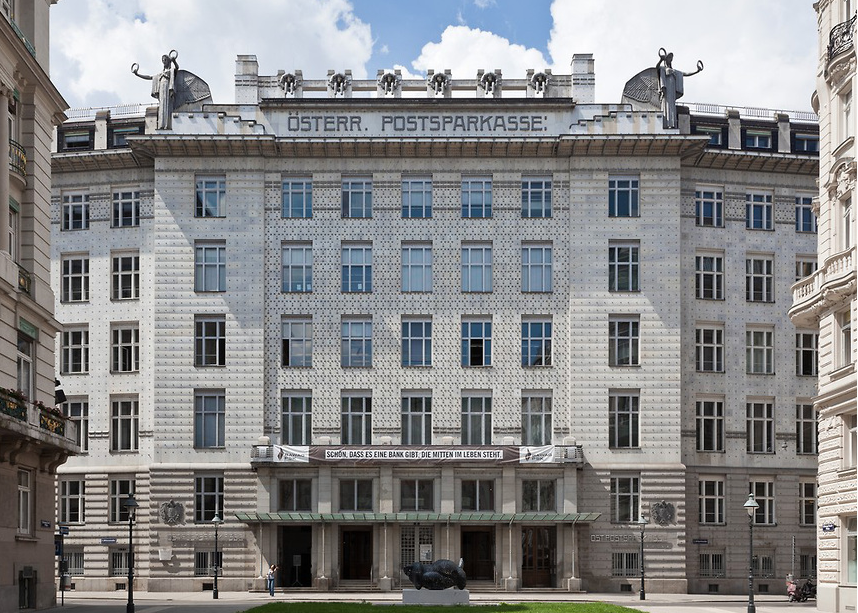Return to ‘postal banking’ reconsidered

Österreichische Postsparkasse (P.S.K.) is a postal savings bank in Austria.
WASHINGTON—In an October interview with Fusion, a TV and digital network, US presidential candidate Bernie Sanders suggested offering banking services at the nation’s post offices as a public alternative to for-profit banks and predatory payday lenders.
His idea is not new. “Postal banking” is prevalent in many Asian and European countries. It is absent in only around 7 percent of the world’s national postal systems. Mehrsa Baradaran, author of How the Other Half Banks: Exclusion, Exploitation and the Threat to Democracy, is a vocal proponent of this system. In an interview with Chinese Social Sciences Today, she talked about the monopoly of those too-big-to-fail banks and the role of “postal banking” in serving the disadvantaged.
Baradaran said Thomas Jefferson once warned that a centralized banking system “would benefit the rich and powerful in the ‘money centers’ at the expense of the rural agrarian farmers, who would be the lifeblood of the economy.” Today, Jefferson’s fear has come true. The “behemoth banking industry concentrated in the hands of the few” and safeguarded by heavy support from the government “has stopped serving a large portion of the population,” she said. And, she made it clear that “this is not just an economic problem. It is a social and political one.”
She said, “The post office can offer saving accounts, money transfer services, ATMs, debit cards, check cashing and even small loans.” Such basic financial services “would be beneficial to the almost 40 percent of the public who are left out of the mainstream banking system.”In fact, full-scale “postal banking” is not a radical experiment at all. It was implemented in the United States from 1910 to 1966, and helped the country recover from the Great Depression and fund the two World Wars. Baradaran argued that it was “the most successful effort at financial inclusion in the history of the country.”
Zhang Xiaoxi is a reporter at the Chinese Social Sciences Today.
